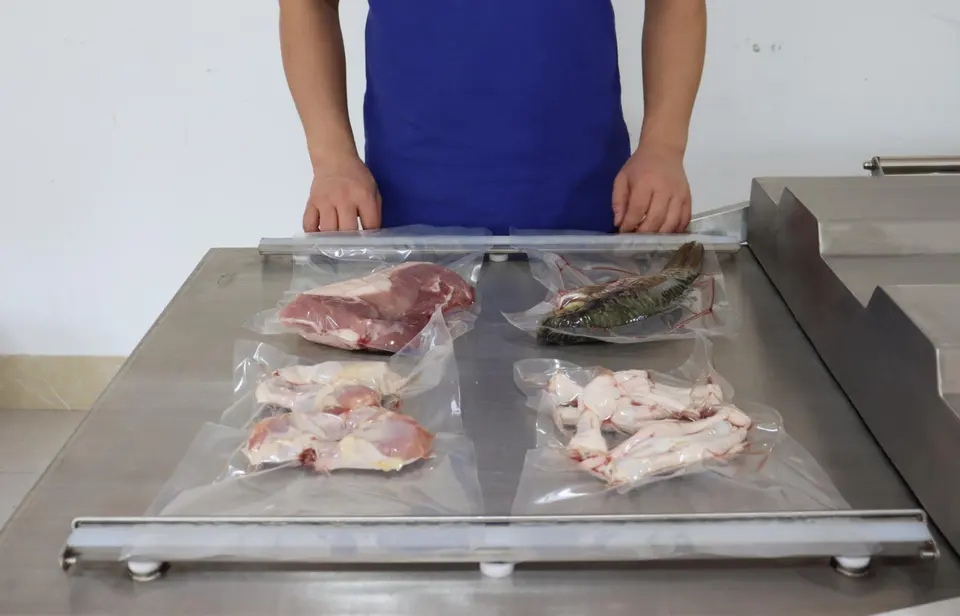Innovative Designs for Efficient Broiler Cage Systems in Poultry Farming
Nov . 11, 2024 01:47 Back to list
Innovative Designs for Efficient Broiler Cage Systems in Poultry Farming
The Role of Poultry Broiler Cages in Modern Farming
The poultry industry has evolved significantly over the past few decades, especially in the area of broiler production. Broilers, or chickens raised specifically for meat, are a central part of the global food supply. One of the key innovations that has shaped broiler farming is the use of cages, which have brought about both advantages and challenges in poultry husbandry.
Understanding Broiler Cages
Broiler cages are specially designed enclosures that house chickens in a controlled environment. These cages optimize space and allow for more efficient management of large populations of birds. Typically, they are constructed with durable materials that facilitate cleaning and maintenance while providing adequate ventilation and protection from predators.
The introduction of broiler cages has revolutionized the way chickens are raised. By allowing for higher stocking densities, farms can maximize their output. This is critical in meeting the ever-increasing global demand for poultry meat, driven by population growth and dietary changes. According to the Food and Agriculture Organization (FAO), poultry meat is expected to be one of the fastest-growing segments in the global livestock sector.
Advantages of Broiler Cages
One of the primary advantages of using cages is the enhancement of biosecurity. Caged systems significantly reduce the risk of disease transmission among birds, as they can be more easily isolated from external pathogens. This is essential for maintaining the health of the flock and ensuring a steady supply of meat for consumers.
Furthermore, according to studies, broiler cages can improve feed conversion rates. When birds are housed in a controlled environment, they tend to gain weight more efficiently, requiring less feed to reach market weight. This not only reduces the cost for farmers but also minimizes waste, making broiler production more sustainable.
poultry broiler cage

Challenges and Concerns
Despite the advantages, poultry broiler cages are not without their criticisms. Animal welfare advocates argue that caging systems can lead to stress and suffering for the birds. Concerns include restricted movement, inadequate enrichment, and the psychological effects of confinement. Such issues have sparked public debate and led to regulatory changes in various countries.
In response to these concerns, many producers are exploring alternative housing systems, such as free-range or aviary systems, which allow more natural behaviors. While these systems can promote better welfare, they often come with higher costs and can compromise biosecurity.
Looking Ahead
As we move forward, the poultry industry faces the dual challenge of improving animal welfare while maintaining high production levels. Research and innovation in broiler management practices will be essential for addressing these challenges. For example, advancements in technology could lead to smarter cage designs that enhance both animal comfort and farm efficiency.
Consumer preferences are also shifting, with a growing demand for ethically produced meat. As a result, farmers may need to adapt their practices to respond to this trend, potentially leading to a significant transformation in how broiler farming is conducted.
In conclusion, poultry broiler cages have played a pivotal role in the efficiency and sustainability of meat production. While they offer substantial benefits in terms of biosecurity and feed conversion, it is imperative to continue addressing animal welfare concerns. Striking a balance between productivity and humane treatment of animals will be crucial for the future of the poultry industry. With ongoing research and innovation, the prospect for enhancing both practices may lead to a more responsible and sustainable approach to broiler farming.
-
Hot Sale 24 & 18 Door Rabbit Cages - Premium Breeding Solutions
NewsJul.25,2025
-
Automatic Feeding Line System Pan Feeder Nipple Drinker - Anping County Yize Metal Products Co., Ltd.
NewsJul.21,2025
-
Automatic Feeding Line System Pan Feeder Nipple Drinker - Anping County Yize Metal Products Co., Ltd.
NewsJul.21,2025
-
Automatic Feeding Line System - Anping Yize | Precision & Nipple
NewsJul.21,2025
-
Automatic Feeding Line System - Anping Yize | Precision & Nipple
NewsJul.21,2025
-
Automatic Feeding Line System-Anping County Yize Metal Products Co., Ltd.|Efficient Feed Distribution&Customized Animal Farming Solutions
NewsJul.21,2025






